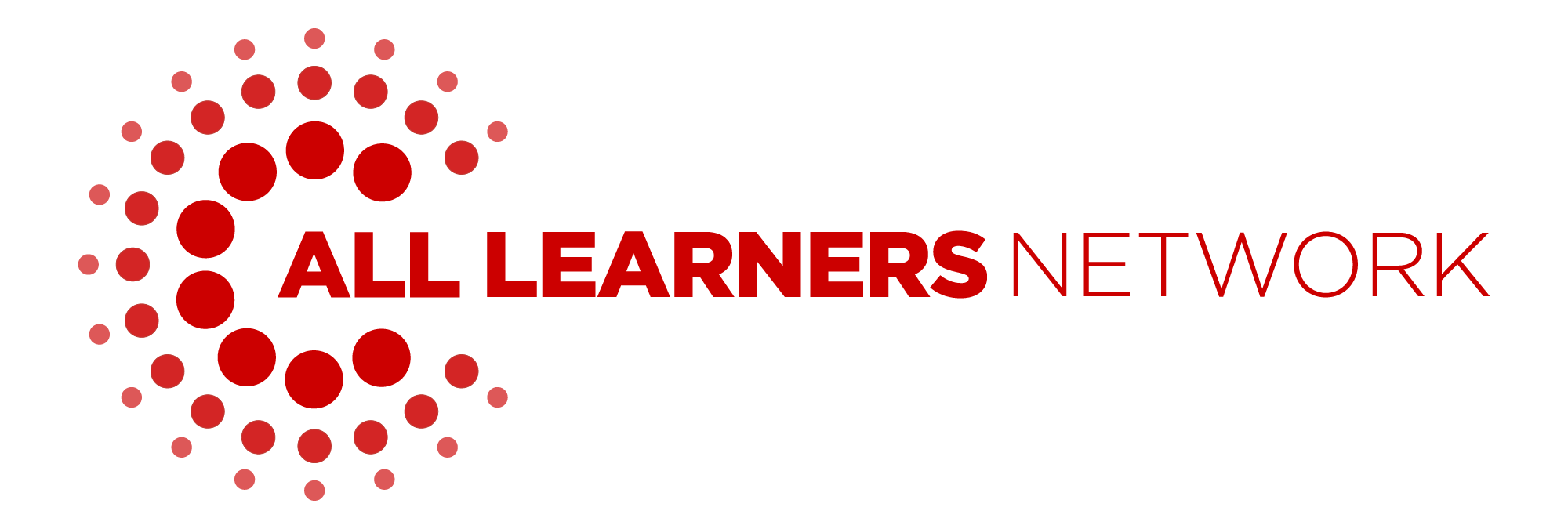%20(10).png)
How High Leverage Concepts Are Transforming K–8 Math Instruction
Published: August 15, 2025
In the pursuit of stronger math outcomes, schools often adopt new curricula, launch PD initiatives, or implement tech tools—yet still see uneven or slow progress. But what if lasting math improvement could start with just one powerful idea at a time?
That’s the thinking behind All Learners Network’s High Leverage Concepts (HLCs)—a research-informed framework that is reshaping how schools focus math instruction, support educators, and ensure all learners get access to deep, meaningful math learning.
So, what are All Learners Networks’ HLCs, and why are they so effective?
What Are High Leverage Concepts?
High Leverage Concepts (HLCs) are carefully selected mathematical ideas identified by All Learners Network (ALN) as essential for student understanding at each grade level. Each HLC focuses on a single, high-impact skill that represents a gateway to broader conceptual understanding. Examples include:
- Grade 2: Add and subtract numbers accurately, flexibly, efficiently, and strategically within 1,000 using place value understanding (in context, across multiple problem situations, and in equations)
- Grade 4: Multiply and divide any two numbers within 1,000 (in context, across multiple problem situations, and in equations)
- Grade 6: Compare ratios using models, and solve ratio problems including those involving unit rates
The HLCs don’t represent a complete curriculum—instead they are must-know ideas that provide a clear and continuous learning path that builds foundational mathematical understanding, with the ultimate goal of preparing students for algebra.
They also help focus intervention goals and Individualized Educational Plans (IEPs) by providing clear focus for instructional decisions that embed critical mathematical understanding for all students.
How HLCs Align with the Common Core
The HLCs are deeply aligned to the Common Core State Standards (CCSS), with each HLC grounded in the progressions of the CCSS. The CCSS emphasize depth over breadth, focusing on coherence, rigor, and focus—three principles that are at the heart of ALN’s HLC approach.
But the CCSS are extensive. ALN's HLCs and the accompanying instructional framework serve as a strategic way to navigate the CCSS, ensuring that all students, including those with learning challenges, have a clear path to success.
By narrowing focus to one key idea per grade, HLCs help:
- Avoid the “mile-wide, inch-deep” problem
- Strengthen students’ conceptual understanding
- Create instructional coherence across classrooms, Tier 1 instruction and intervention, grades, and schools
- Allow teachers and students to concentrate their efforts on what truly matters for long-term mathematical success
In short, HLCs give educators a clear instructional target that is deeply aligned to state standards and evidence-based math instruction.
Why Focus on Just One Skill?
It may seem counterintuitive, but focusing on one skill can lead to more significant growth than trying to cover everything at once. This focus ensures that students and teachers are concentrating on the foundational knowledge that will be most important for future success.
Here’s why:
- It simplifies planning and instruction, allowing teachers to go deeper with students.
- It supports intervention by identifying the most impactful skill to target.
- It builds confidence—for both teachers and students—by creating visible progress.
In other words, HLCs help educators teach smarter, not harder, while still holding high expectations for all learners.
From Concept to Classroom: How to Get Started
The High Leverage Concepts provide a common framework and common language which districts tell us is invaluable in transforming math education at their schools, but it’s a journey from simply identifying High Leverage Concepts to implementing them across classrooms, grades, and buildings to effect sustainable change. All Learners Network offers tools and support to help your school or district implement HLCs effectively:
- High Leverage Concepts: Key priorities across K-8 math instruction for building conceptual understanding including specific models for intervention, models for instruction, and critical strategies that students must encounter and develop in order to be successful and master the grade level HLC.
- High Leverage Concept Progressions: Detail how each HLC builds across grade levels
- High Leverage Concept Assessments: Formative assessment tools that help surface students' math understanding along the HLC Progressions, including new
- Sample lesson structure: To support effective math blocks
- Thousands of high-quality teaching resources: 2000+ Lesson launches, activities, games, journaling prompts, and more, all aligned to the High Leverage Concepts.
- Professional learning (both synchronous and asynchronous) and coaching to build internal capacity
- AI Math Coach to support lesson planning and intervention with HLC alignment in a just-in-time fashion
Schools using HLCs report:
- Greater teacher clarity and confidence
- Stronger student engagement and discourse
- Clear gains in math proficiency, especially for struggling learners
Whether you’re starting from scratch or enhancing your current math framework, HLCs offer a practical, proven foundation for raising math achievement and closing gaps.
Ready to Focus, Simplify, and Transform?
If your school or district is seeking a smarter, more effective path to math improvement—one that’s grounded in standards, supported by evidence, and centered on all learners—then HLCs might be the best place to start.



.png?width=352&name=ALN%20Hero%20Images%20(32).png)

